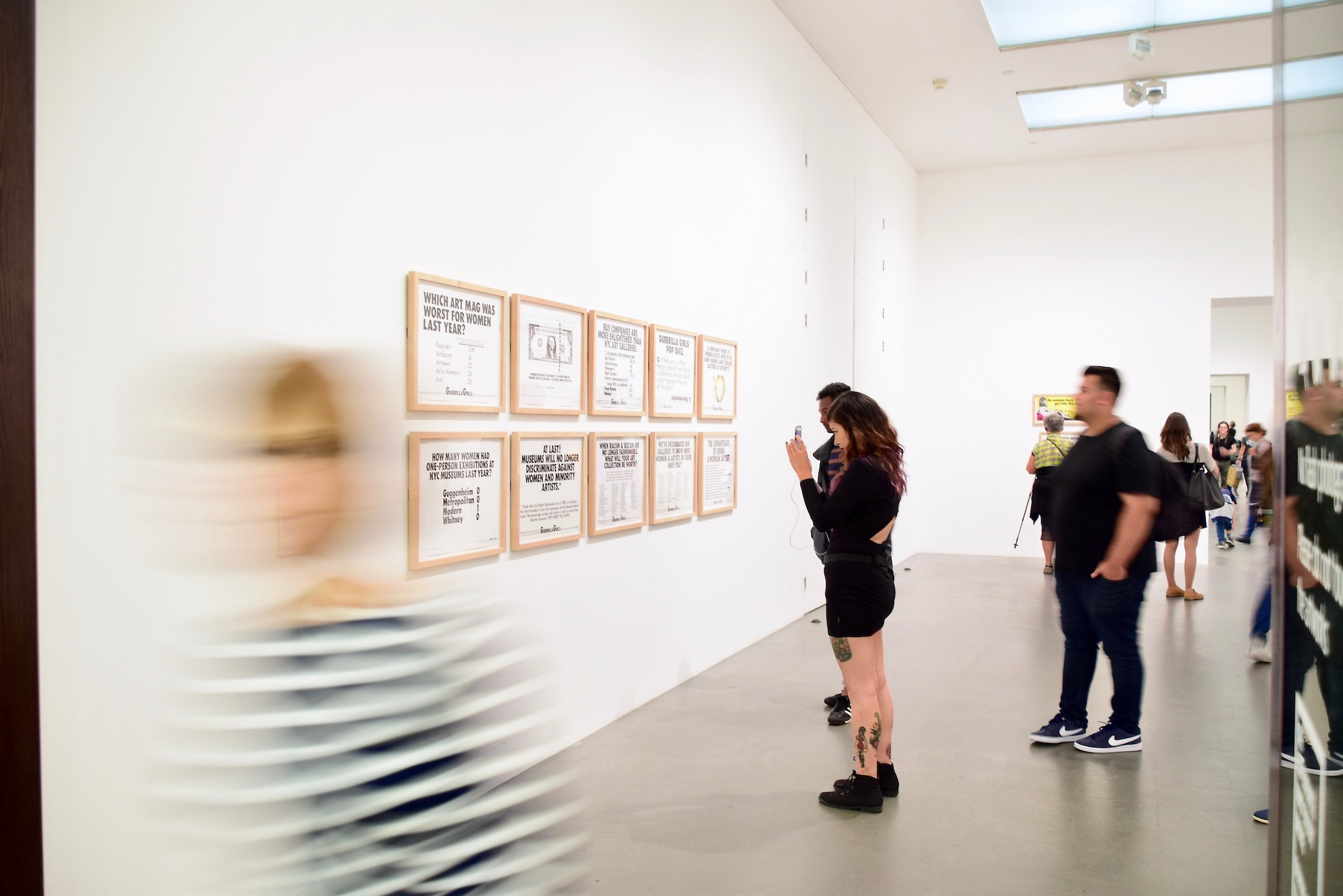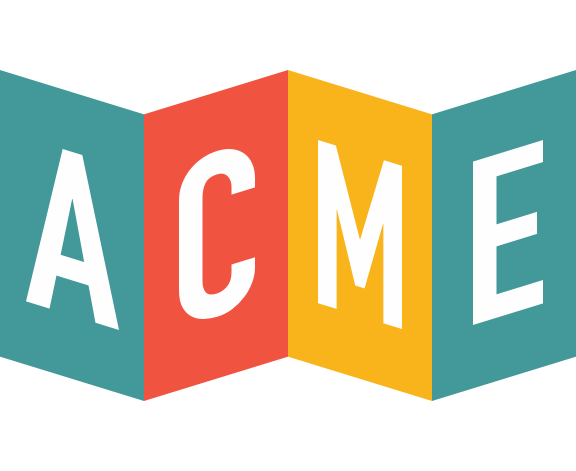
How to Start a Museum
As you might expect, there’s a lot that goes into starting a museum. It’s a complicated and ambitious task that requires, among other things, planning, research, and public support. It can be, however, one of the most fulfilling and gratifying ventures, as museums not only educate but work to empower and cultivate an engaged democracy.
So where does one begin when starting a museum? The first place, of course, is developing a game plan. This article is going to provide a step-by-step checklist covering everything from costs and ethical obligations to gaining support from the public and creating a vision.
How to Start a Museum Checklist
How to Start a Museum–Museum Research:
Doing extensive museum research is vital in the process of opening your own museum. By understanding how others have succeeded, familiarizing yourself with the museum community and culture, and learning about some of the basic guidelines to opening a museum, you can begin to see assess what kind of museum you’d like to open and what’s demanded of that type of museum. This translate to visiting several museums, joining museum forums online, and keeping notes on information you come across along the way. The National Center for Charitable Statistics is a great resource for finding information on a specific museum’s yearly attendance, ticket pricing, operating costs, and more. Additionally, the Museum Planner is another excellent online resource that provides blog posts and information on a myriad of museum-related topics
How to Start a Museum–Code of Ethics:
Museums, many of which are non-profit and run by volunteers, carry the unique task of preserving, storing, and sharing the items and artifacts of our world. While the subject of each museum varies from art, history, science, and technology, among others, a museum’s commitment and goal of benefitting and cultivating public is mutual. The American Alliance of Museums created this code of ethics as an overview for all of the museums in their alliance. Even if you aren’t planning on joining a group like the AAM, it’s succinct and thorough review of the responsibilities of any non-profit museum beholden to the betterment of the public.
How to Start a Museum–Meet the Community:
Especially for small or non-profit museums, the community in which you operate in will likely be one of your most valuable assets and resources. It’s where you will likely turn to for partnerships, funding, and local support. Go to town halls and get in touch with leaders of the community. Ask them what they think the community needs from a museum. Collect the names of teachers, politicians, city leaders, and others interested in working with you, and take their recommendations to the drawing board.
How to Start a Museum–Costs:
According to the Museum Planner, the range of costs vary widely and depend on the type of museum you’re opening. They have costs set at $75-$550 per square foot. The reason for such a large cost gap has to do with the unique needs that each type of museum requires. Highly interactive or technology-based exhibits will be more costly than a basic art exhibit. Whatever kind of museum you host, design firms will typically charge 25% of the exhibition budget in design fees. The Museum Planner’s average cost per square foot for museum type is listed as:
-
- Aquarium: $300-$550 per sq. ft.
- Science Centers $300-$550 per sq. ft.
- Natural History Museum $250-$400 per sq. ft.
- Visitor Center $150-$300 per sq. ft.
- Children’s Museum $150-$350 per sq. ft.
- Art Museum Exhibition $75-$200 per sq. ft.
Cost of art, items, artifacts, staffing, administrative fees, and other back-end procedures will all depend on the size of your museum and how interactive/costly the technology required is to support your exhibits.
How to Start a Museum–Raising Money:
Once you’ve established your museum type, facility, and derived some cost estimations, it’s time to raise funds for your launch. One of the most effective and resourceful ways to build funds is through grants. With thousands of grant and grant databases, it’s a quick and easy task to check filters relevant to your museum and find a suitable match. Additionally, if you’ve gone to the effort of getting in touch with community members, this is a good time to reconnect with them and organize fundraising opportunities. Working with third-party institutions like schools and community members will not only contribute to fundraising but also bolster your status as a member of the community.
Final Thoughts: How to Start a Museum
While you still need to work on hiring (see list of museum jobs), marketing (see museum marketing strategies), creating a team of curators and strategists, and other intermediary steps for long-term success, these are some of the most important and crucial first steps to get your museum off the ground.
Once established and fully operational, you’re going to need help managing your museum, collecting data, and setting up servers for all your ticketing and transaction needs. ACME ticketing provides one of the most simple, efficient, and cost-effective ticketing and CRM platforms available. Schedule an ACME demo today.

